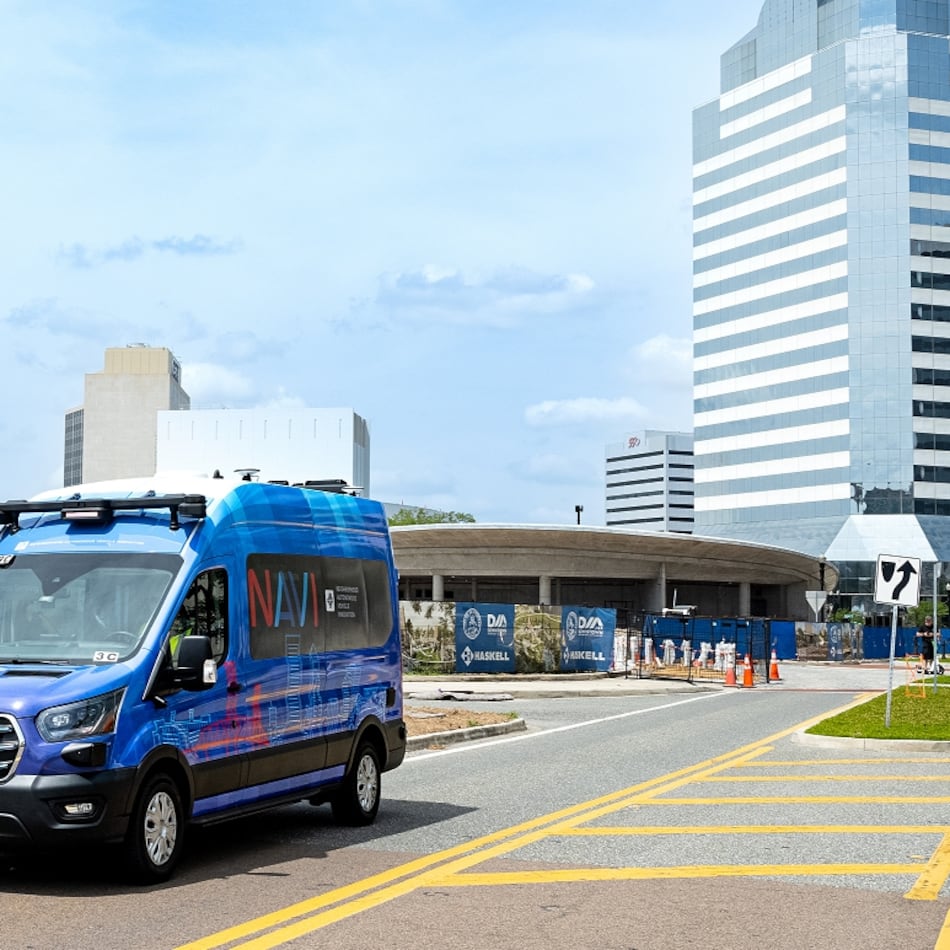Is there vegetation spilling out over the edge of a roof near you? Are you thinking the property owner hasn’t gotten around to cleaning out his gutters? Perhaps it means that house is sporting a deliberately planted surface that makes a cool statement, both figuratively and literally.
Several high-profile buildings such as Atlanta City Hall and the Woodruff Arts Center have planted roofs, and they’re starting to show up on homes as well. These planted roofs are called "greenroofs."
Not “green roof,” but “greenroof,” a term becoming commonly accepted as a way to differentiate the planted roof from a roof made of green-colored building materials.
Some may want a greenroof just because it dresses up an exposed roof area, but a greenroof also serves two important environmental functions: It helps to slow down stormwater runoff and it provides an insulating effect, helping to reduce cooling bills.
Bobby Saul of Saul Horticultural Cos. said that a greenroof also filters the water, reducing the pollutants that make it into our streams, and it actually extends the life of roof membranes by protecting them from sunlight and extreme temperature fluctuations.
And don’t discount the attraction that a greenroof has for wildlife by providing food and shelter for birds, butterflies and bees.
Instead of rain cascading off a traditional roof into gutters and quickly running into stormwater pipes, the soil and plants of a greenroof hold the water and then let it drain slowly.
Mark Fockele of Fockele Garden Co. sees greenroofs as a natural partner to the rainwater harvesting systems that are also becoming popular. “For years we’ve treated rainwater as a waste product," he said. "Now we’re waking up. More people are adding rainwater collection systems like cisterns, and combining that with a greenroof makes perfect sense.”
Design and systems can vary, but the basic greenroof requires a waterproof membrane, some provision for drainage, plants, and something for them to grow in. A greenroof might be just 4 inches deep and provide a home for shallow-rooted plants, or it can be many feet deep, able to support the growth of trees and shrubs.
Saul Horticultural has been in the greenroof business since 1996, providing both the growing mixture and plants for projects all over the United States. Saul and his partners got into the business when they expanded their engineered soil business to provide products for street tree plantings and greenroofs. Since they were also in the nursery business, they began growing the plant material for greenroofs as well.
Saul’s company now provides materials for 30 to 40 greenroof projects a year. He’s seeing greenroofs being incorporated into more building projects as a way to collect and slow down rainwater. “For projects that might require a detention pond, the developer can reduce the size or maybe even eliminate the pond altogether by using a greenroof,” he said.
On his own property Saul has planted a swimming pool pump house with a greenroof. He did it to provide something interesting to look at, but he said a side benefit is that the greenroof also serves as a sound buffer for what can be a noisy piece of equipment.
Architects Lee Ann and Michael Gamble of G+G Architects designed a greenroof for their second home at Lake Oconee. The small footprint of the house allowed them to keep as much of the natural landscape as possible, and the roof is set up to be an outdoor living room, which increases the home’s livable space. Half is a sitting room and the other half is the greenroof, which provides an attractive garden space while reducing the cooling load for the house.
The roof supports were engineered to hold the additional weight of the greenroof, and drainage was carefully considered. The plants are contained in trays so they can be removed if maintenance is ever required, and the roof has a 20-year warranty.
Considering your own greenroof?
Fockele said the first critical question is will your roof hold the extra weight, and the second is how you will keep water out of the house. You’ll probably need professional guidance on both these issues.
A greenroof is heavy. When the soil on a 4-inch deep greenroof is fully saturated, it can weigh up to 50 pounds per square foot. A structural engineer can help you be sure the roof can support that weight. Many greenroofs are installed by waterproofing companies that have experience making sure things are watertight.
Ordinary garden soil won’t provide the kind of drainage that a greenroof needs, so most projects use an engineered soil that is also lighter in weight. Your plant choice should be something that grows low and spreads horizontally. The plants must be drought, heat and frost resistant. In this area, that means sedums, succulents and grasses.
Those kinds of materials for a greenroof are generally not available on the retail level. Saul Horticultural, for example, sells through landscape professionals.
You’ll need to water your plants to get them established. If you’re adding a greenroof for the cooling effect on your home, you’ll also have to provide water in periods of drought so the roof can continue to provide evaporative cooling. Unless the roof is easily accessible with a garden hose, you’ll need to plan for irrigation.
About the Author
Featured
